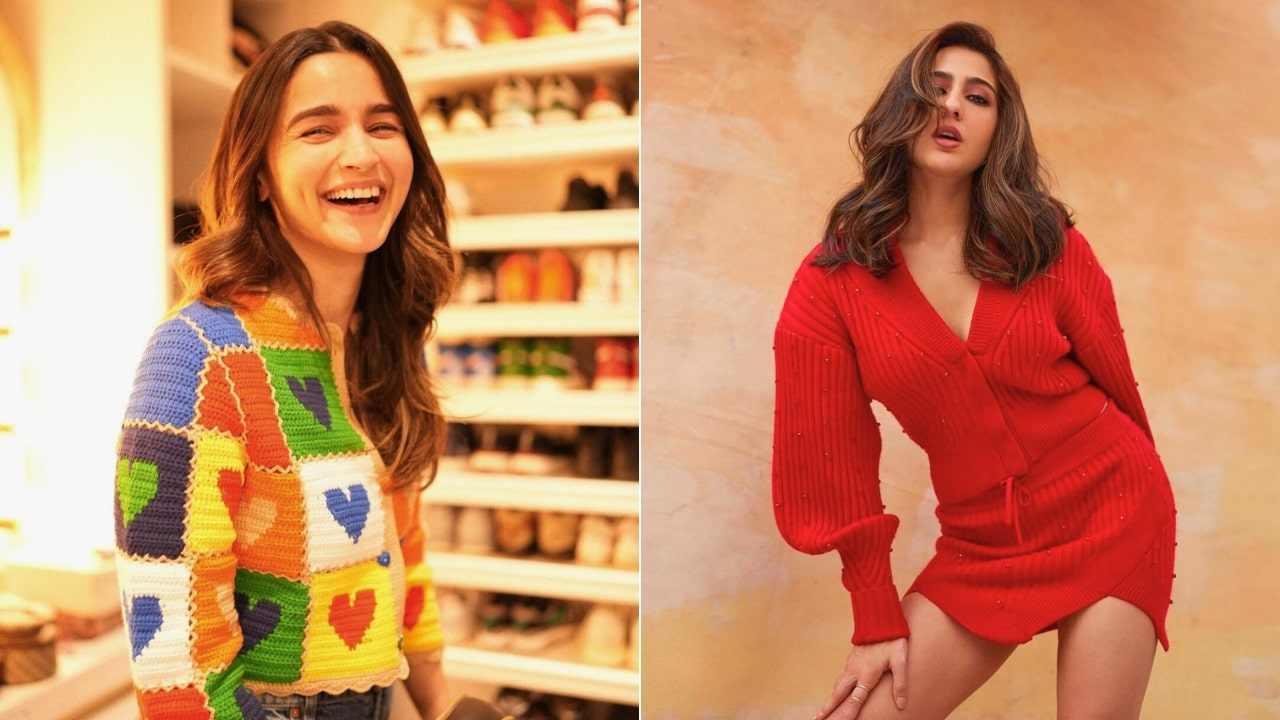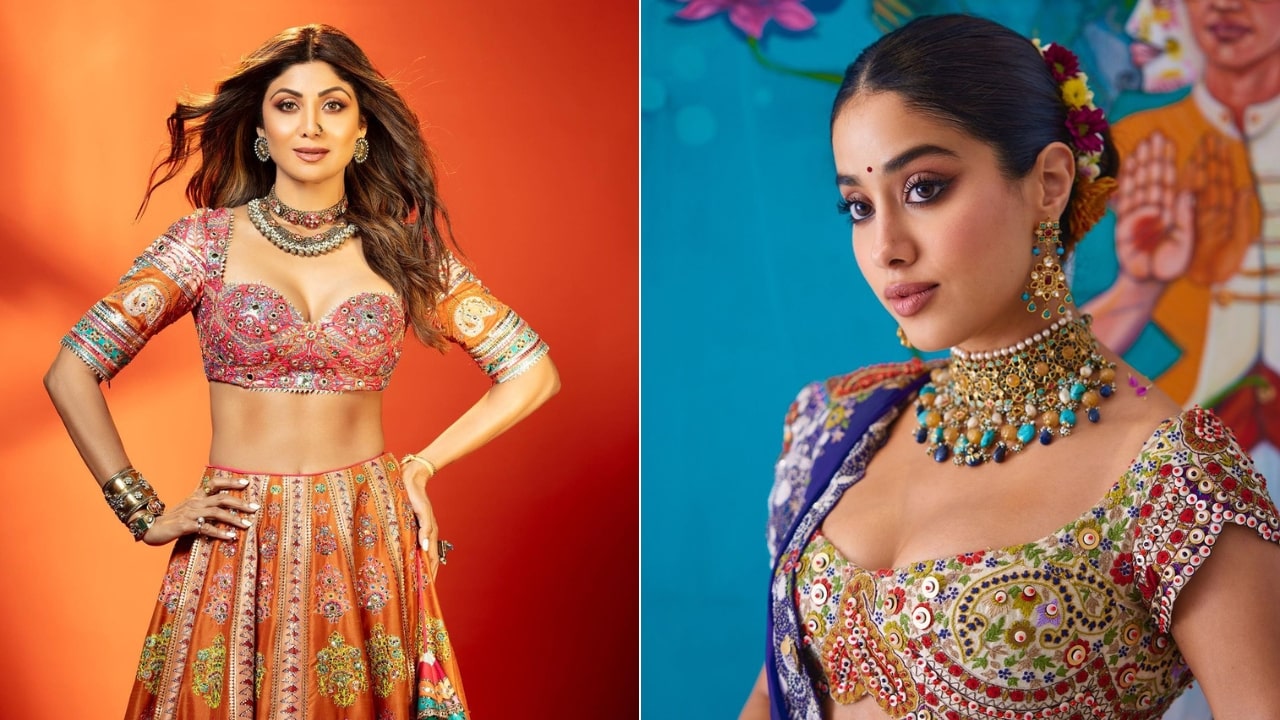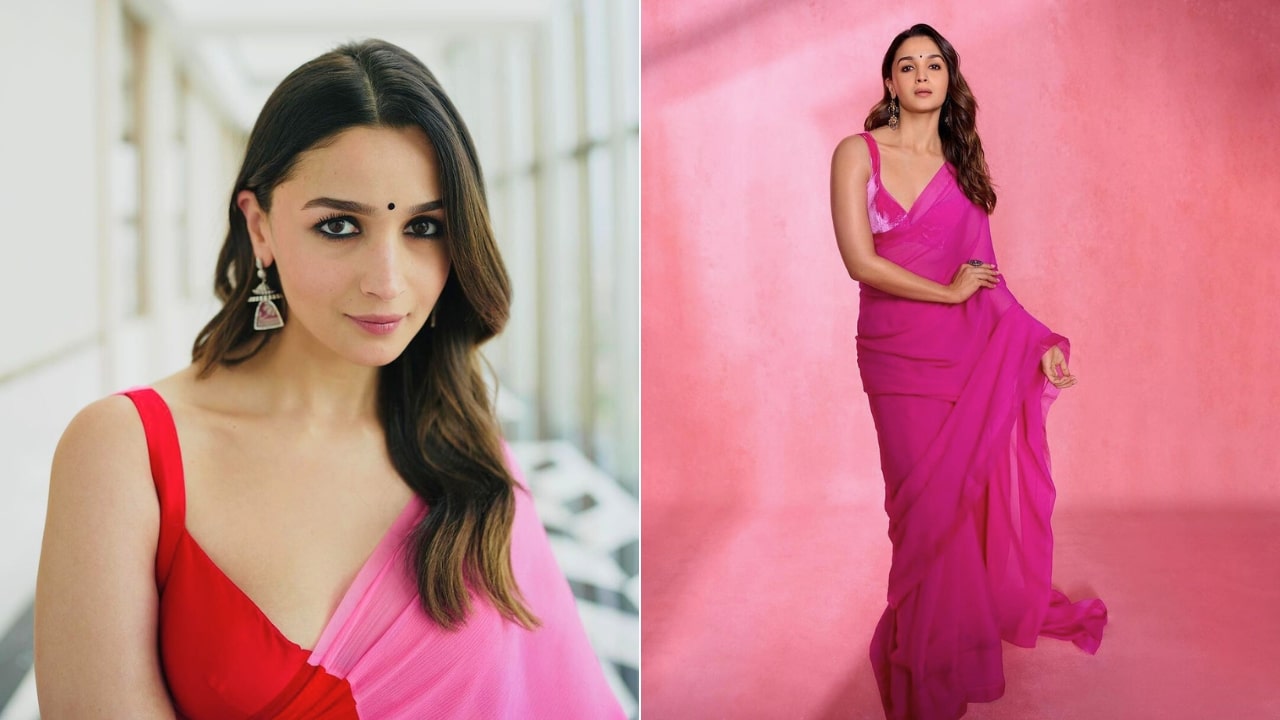Animal fur is used to make clothes, but now woollen clothes will be made from human head hair. On hearing this, many people will think, what a joke! What will be your reaction if someone talks about wearing a woollen coat made of hair? You will be surprised for a moment. The Dutch designer has made this dream come true.
According to the designer, a woollen coat made of hair helps keep the body warm. Hair is made of keratin protein fibre. Therefore, it gives a feeling of warmth in winter. So let us make you more confused and tell us the whole matter.
A Dutch designer who has started a startup has recently designed a woollen coat and winter clothes made from the human head’s hair. This startup company is ‘Human Material Loop’, through which it hopes to change the fashion industry by converting human hair into clothes. In this, prototypes of coats, jumpers and blazers have been made from human hair, hoping that one day, textile companies will promote such designs.
Zsofia Kollar, co-founder of this startup, says that she was attracted to clothes made of hair for a long time. She has seen that this type of design has greatly impressed many people. Human hair grows, and we cut it. Sometimes, we feel troubled after seeing long hair and getting it cut. When the Covid-19 pandemic hit, Kollar faced an identity crisis as a designer. Then, the thought of coats and clothes designed from hair came to his mind. Then, she decided that she would do special work in this industry.
America and Canada Produce This Much Hair Every Minute
Salons in the US and Canada generate 877 pounds of hair waste every minute. When hair breaks down without oxygen, such as in a garbage bag buried in a landfill, it releases greenhouse gases, contributing to climate change.
According to Human Material Loop, 72 million kilograms of human hair waste ends up in European landfills every year, which is equivalent to the weight of seven Eiffel Towers.
Kollar said, You can treat it like a natural resource. For which there is currently no scalable solution, i.e. a correct use. She says that most countries burn this waste. And many alternative solutions are not environmentally friendly or suitable for widespread use.
This Is How Thread Is Prepared From Hair
Kollar explains that hair fabric is no different than knitting a sweater with any other material. The short hairs are spun together and turned into a continuous thread to make yarn and then dyed with pure pigments. She said that as the company increases production. She can dye yarn or cloth, which depends on which one is best. The prototype of the Human Material Loop was a wool-feel sweater. “I needed to create a product that people could connect with, and Jumper was one of the best prototypes we could make, but also the most reliable,” Kollar said.
Since then, the company has used other prototypes. Clothes made of hair can be worn even in the mountains of Argentina. It heats so much. That includes an outdoor coat filled with hair to provide thermal insulation, which she tried in harsh conditions during an expedition to Aconcagua, Argentina’s highest mountain. These designs are not available to buy – the aim is to supply material for other designers and brands to work with. Kollar says that once larger production volumes are reached, the price of wool should be competitive.
She further says that, at present, people are particularly ready to wear human hair, but she believes this idea can spread among the public. For Kollar, it’s not just about wearing a jumper made from human hair for novelty or sustainability. They argue that human hair is an incredibly durable material. Clothes made from this can last for a very long term.
Human Material Loop Launches Clothes Made From Human Hair
Human Material Loop sources its hair from salons in the Netherlands, Belgium and Luxembourg, using cut or plucked hair as it does not contain nuclear DNA that can identify an individual. It is working on establishing a documentation chain to trace where its content comes from and where it goes.
This Industry Is Doing Very Well
Historically, human hair has been used as textiles in many different cultures. In Micronesia, the Kiribati tribe made woven armour from natural materials, including coconut fibre, shark teeth, palm leaves, and human hair. In the 13th century, people in what is now the southwestern United States made socks by glueing together strands of hair.











